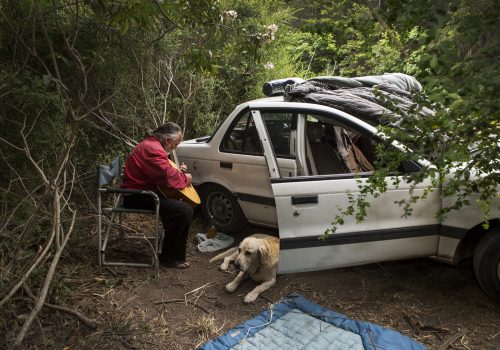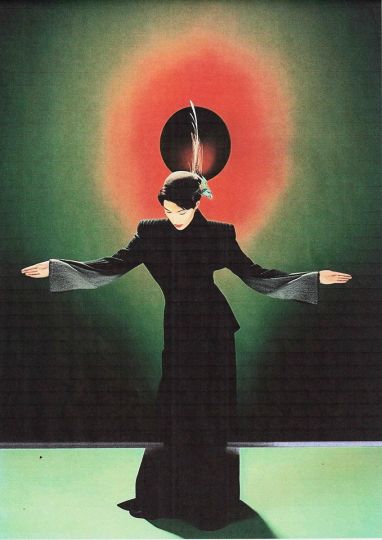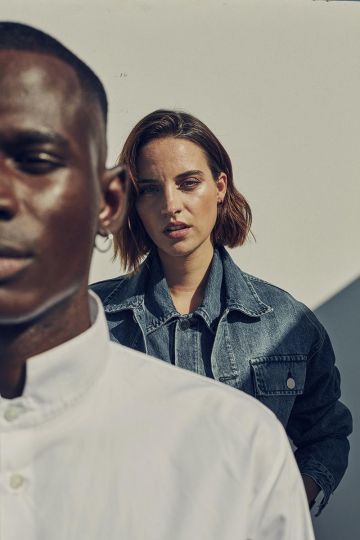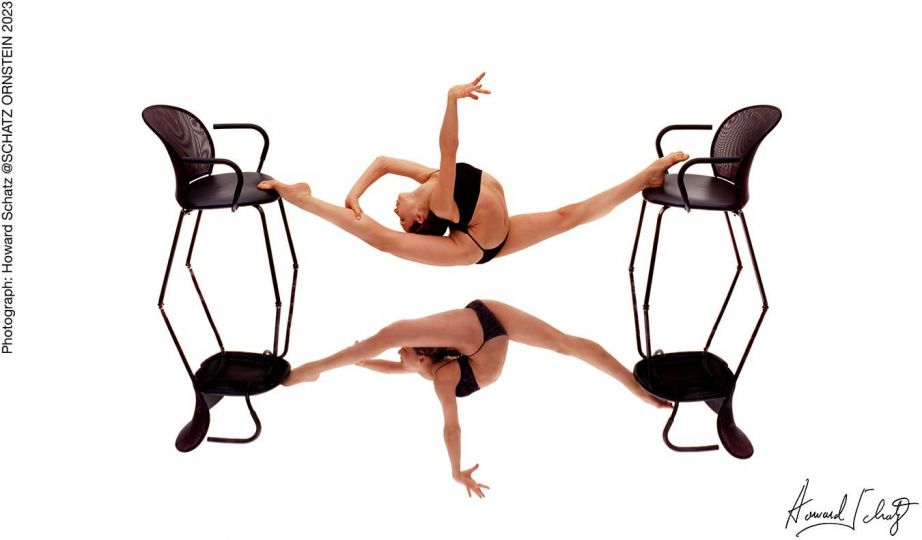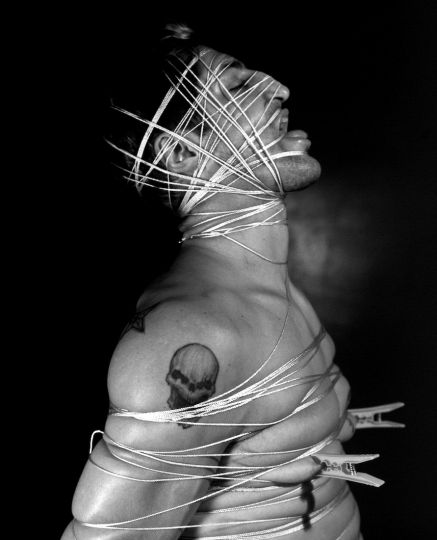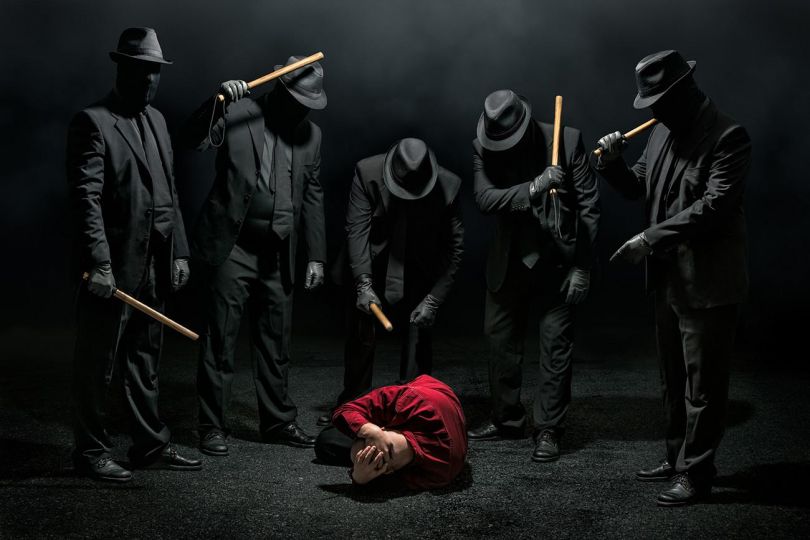Rachel Bujalski is a documentary photographer based out of San Francisco, California. Her work largely examines the lifestyles and personalities of people living on the fringes of society that make up American culture today.
She has pursued projects about people living off the grid; which includes the California’s housing crisis and families displaced because of wildfires.
When Rachel discovered she could live on a sailboat in Marina Del Rey in 2014, she jumped at the opportunity. What had started as a temporary home quickly turned into a three-year lifestyle and ignited her exploration of other alternative housing in California with photography.
Her work has been published in The New York Times, National Geographic, The Washington Post, The Wall Street Journal, Bloomberg Businessweek, ESPN, Vice, NPR, WIRED, and CNN among others. In 2015, her Connected Off-the-Grid project joined The Story Institute, an international visual storytelling distribution platform. In 2020, she was nominated by PDN 30 (Photo District News) which is recognized as a platform for discovering new and emerging talents, the top thirty photographers in various genres “to watch.”
Patricia Lanza : How did you learn and develop your career in photography, what is your background?
Rachel Bujalski : In college I took a part-time job at my school’s newspaper, The Daily Vidette, as a staff photographer where I worked for four years covering daily features and school events and gave me photojournalism experience early on and developed my passion for it. I learned how to quickly, but meaningfully, interact with different people, communicate and engage with them while making an interesting photograph, and then hurry back to the office to write captions and turn the photos in by deadline. At that same time in school, I was taking a lot of art classes across the board, from color theory to art history to darkroom and performance photography. This period of my life really developed my perspective to see photography as art.
After college, I took a big leap and moved from Chicago to California for an internship with photographer and filmmaker Lauren Greenfield at her photo studio. It was an immersive, crash-course in being a working documentary photographer. While interning under her, I learned how to transcribe interviews and prep for photoshoots, but the most valuable knowledge I gained came when my internship ended, and Lauren offered me a job as Studio Manager. For two years after that, I booked her photoshoots with editors, created photo budgets and estimates, planned international travel for her films, and saw how her body of work could develop over time and get taken and seen all over the world in museum shows.
PL : How did you obtain assignments in documentary photography, where sources for revenue and publication have diminished over the past decade?
RB : I am really proactive about networking and going to workshops to constantly develop myself as a photographer, as well as to meet new photographers and editors in the industry. The connections I have made over the years have been key to consistently bringing work in. Further, over the last year, I started working with two large organizations that needed documentary storytelling to help illustrate the work they do (The Lumina Foundation and Family Promise), and with more expansive revenue sources, those jobs help balance out smaller budgets that are more common in the editorial world, as well as support the ability for me to work on my personal photography.
PL : What is your process for developing a story?
RB : My process usually starts with my own experience and a question that I have about myself, other people, or the world at large. It’s also important that I enjoy the process of making the work because if I am learning, discovering, and connecting with who I am photographing, I know people will see that in the final images I make. For example, my series, Connected Off the Grid, started out of my own experience of choosing to live on a sailboat to save money, thin out my possessions, experience something new — and from living that new lifestyle, it made me curious to see how others were living alternatively. This curiosity took me to new locations and around different kinds of people I had never experienced all across California, with the one mission in mind, to meet ‘people living off grid by choice’.
PL : What were the challenges working on the series about homelessness, the housing crisis and those displaced by wildfires in California?
RB : Working on the homeless crisis can be a challenge because I more often like to shadow or follow someone for more than a day, and when someone doesn’t have a house or a place to charge their cell phone, it can be a challenge to find that person again to follow up.
For those displaced by the wildfires, it also becomes challenging to meet up to capture their lives because they are also in a constant limbo. When someone loses their home, life becomes immediately chaotic and stressful while they deal with insurance companies, getting food on the table, and securing a place to sleep each night, all while still trying to work or get the kids to school.
Working with people in these circumstances, I prepare myself to tap into my most patient and empathetic self because I know these stories require extra understanding and time to develop.
PL : What are you working on currently?
RB : Currently I’m in Ashland, Oregon working on my personal work covering the housing crisis, but in the past year the pandemic has added another layer onto this project. Just this past September the Alameda Fire burned over 600 homes and displaced an estimated 42,000 people. There was already a housing crisis here before the fires and the pandemic, but the fires burned most of the low-income housing for many essential workers. A lot of the Latino community is currently without housing and now many more are living doubled up with family, in churches, in their vehicles, or just on the streets. My goal is to make work that highlights these families’ stories and keeps this issue alive not just here but across the country where we need affordable housing.

